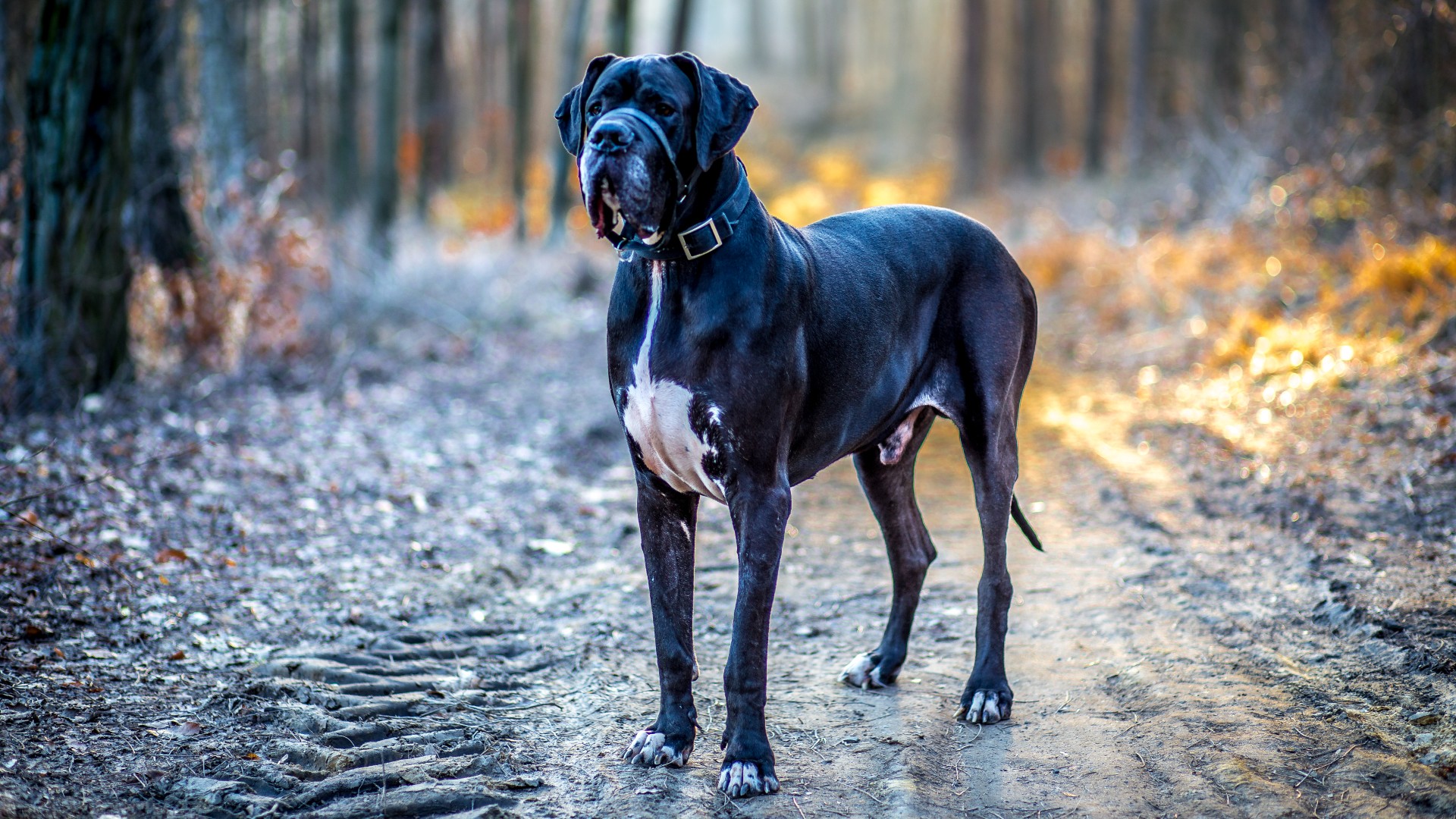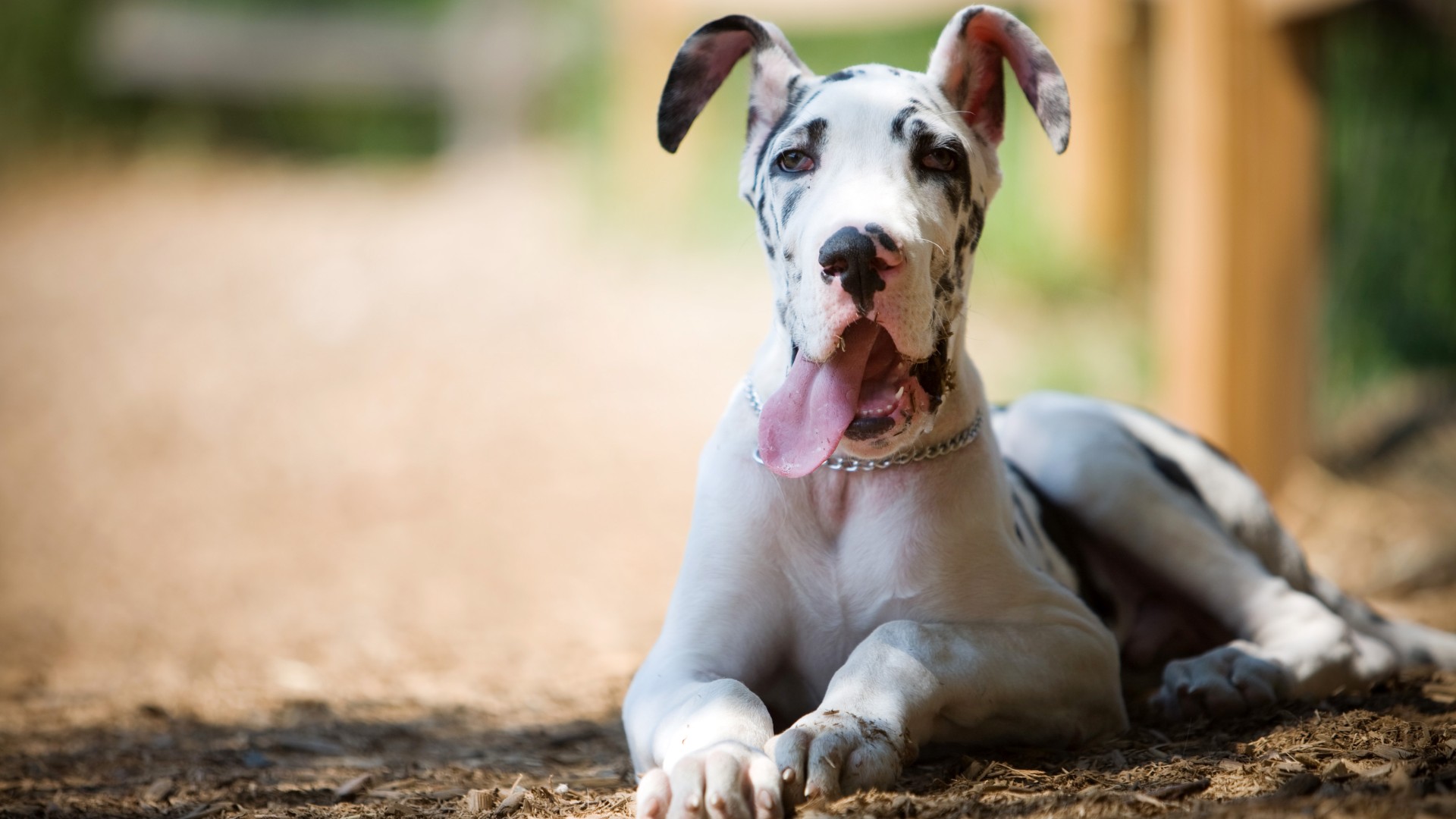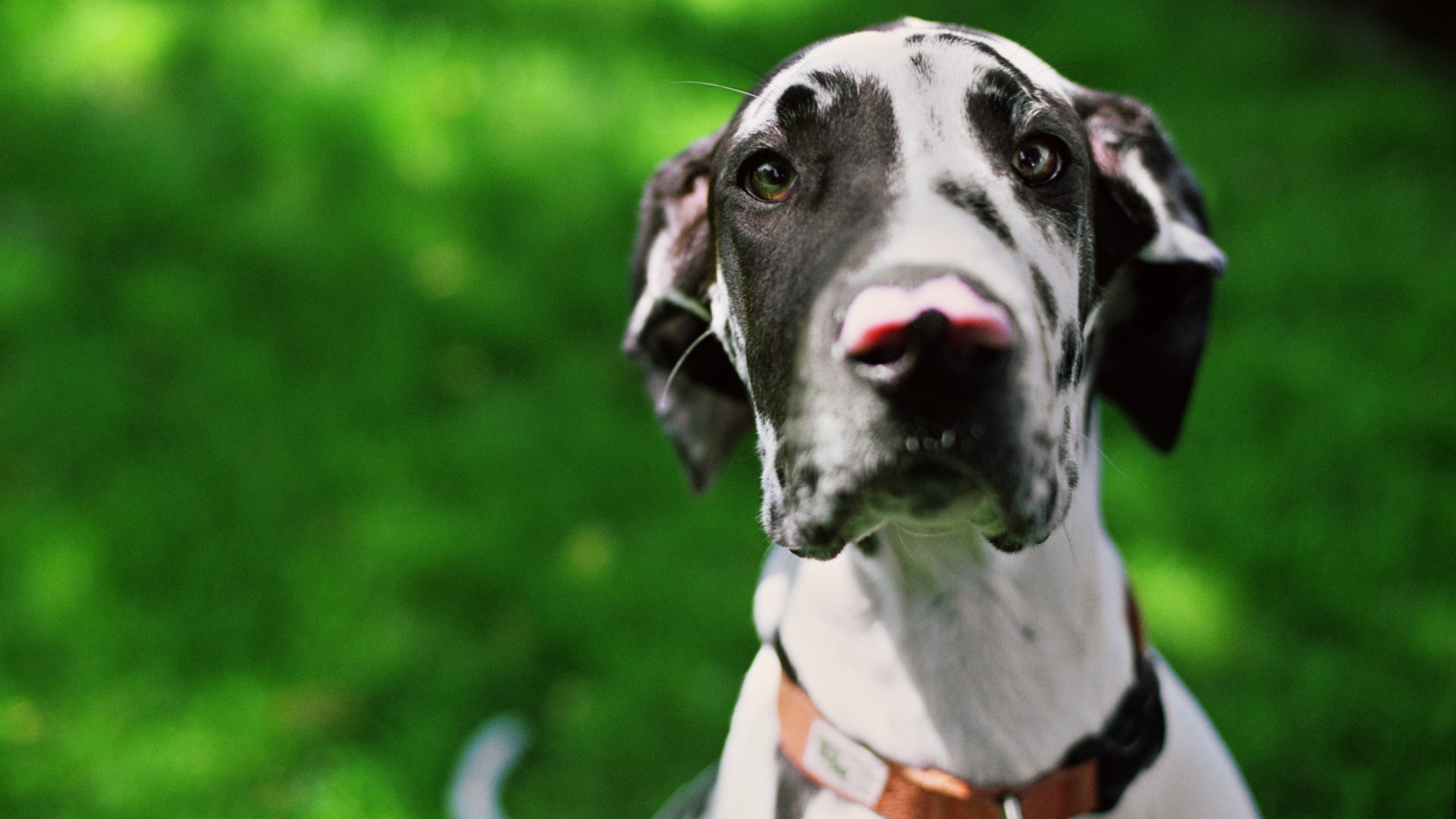9 Great Dane facts that will surprise you
Does this Apollo of Dogs live up to its name? These nine Great Dane facts to show that they do

Great Danes are iconic dogs, as there’s nothing in the animal kingdom that looks anything like them, but as these Great Dane facts show, there’s much more to this huge hound than meets the eye.
One of the first things you’d notice about a Great Dane is its enormous size. This has earned it the nickname “Apollo of Dogs” after the Greek God of the Sun, which is something else that’s pretty hard to ignore.
But there are many more interesting things about the Great Dane beyond its height, so here are nine Great Dane facts, which we think makes them rather…great!
1.They’re celebrities
It turns out being nicknamed after the Greek Sun God isn’t the only thing Great Danes have in common with stars. The breed itself is an inspiration for many famous fictional pooches. Astro from Hanna-Barbera cartoon The Jetsons is a Great Dane (or at least a futuristic version of one!), as is Marmaduke, the eponymous hero of a comic strip that also became a film in 2010 starring Owen Wilson. And let’s not forget one of the most famous fictional dogs of all time, Scooby-Doo – another Hanna-Barbera creation.
2. They used to be a real boar
Drawings of Great Dane-like dogs appeared in Egypt as early as 3,000BCE, which is as far back as we have managed to trace them. We next meet them being traded to Greeks and Romans by Assyrians, which we believe is how they spread across Europe. In the 1500s, the breed became popular in Germany as an aggressive hunting dog that, due to its immense size and strength, was used to help hunt wild boar.
3. They have nothing to do with Denmark

Despite the name strongly suggesting they come from Denmark, it seems that the breed has very little connection with the country. In his 1781 book Natural History: General and Particular French naturalist Georges-Louis Leclerc, Comte of Buffon described something very similar to the German boarhound while travelling in Denmark. He called it Le Grand Danois, or Great Dane, and the name stuck. Well, everywhere except Germany, that is, who call the breed Deutsche Dogge, or German Dog.
4. They’re gentle giants
Despite having their origins as a hyper-aggressive hunting dog that could take down a boar, Great Danes are now mostly giant teddy bears. The hunter instinct was bred out of them by German nobles in the 1700s, who transformed the breed into a pampered lap dog, to become the loveable, chilled dogs we know today. Indeed, any owner of a Great Dane knows that, despite its size, they love nothing more than climbing onto your lap as if they were a Yorkshire Terrier!
Get the best advice, tips and top tech for your beloved Pets
5. They make great guard dogs
The Great Dane’s sweet nature means that they are great pets to have around the house, and are very docile around children, although you have to still be careful as often they don’t know their own strength and are notoriously clumsy. Even though they are kind souls, Great Danes do make good guard dogs as they are very protective of their family and home, so can put that giant frame to good use when scaring off burglars.
6. They’re easily recognized
Their shape and size make Great Danes easy to spot in a crowd, but they're also recognizable in another way. The Great Dane was in the fourth wave of breeds recognized by the American Kennel Club all the way back in 1887 - more than 130 years ago. The Great Dane Club of America has also been going strong for a long time as it was just the fourth breed club to be recognized by the organization in 1889.
7. They can be tricky to handle

While Great Danes do make wonderful pets, they do come with some difficulties. They suffer from separation anxiety, so you can’t leave them alone for more than about four hours, while their habit of drooling more than the average dog isn’t ideal for house-proud owners.
They can experience a range of medical conditions such as bloating, build-up of gas and stomach twisting, so you’ll need to look after them carefully. As with most large dog breeds their life span isn’t very long, generally around 7-10 years. And you can’t take them for a run until they’re at least 18 months old as their bones are still growing and developing
8. A Great Dane served in the Navy
Dogs are famous for their doggy paddle swimming style, which may have come in handy for one Great Dane. As the pet of the man who ran the United Services Institute in Simon’s Town, South Africa, this dog became friendly with sailors from the Royal Navy. His habit of walking up the gangplank and blocking the way onboard ships earned him the name Just Nuisance, but this wasn’t how he got enlisted. This was because Nuisance loved riding trains, which were free for sailors. When the conductors complained, the Commander-in-Chief simply signed Nuisance up to the Navy in August 1939, later promoting him to Able Seaman so he could also benefit from free rations. When Nuisance was put to sleep aged seven, he was buried with full military honors, a farewell salute and a rendition of the Last Post.
9. They’re record breakers
OK, we obviously couldn’t avoid talking about just how big Great Danes are. They can grow to a massive 34 inches tall, about as tall as a two-year-old, and weigh as much as 200 pounds, heavier than many fully grown adults. Because of their height, they have been known to escape from gardens with low fences, even though they can’t really jump. The tallest dog on record was a Great Dane called Zeus, who measured 44 inches and ate 30 pounds of food a fortnight.
The ultimate gentle giant
From comic strips to movies, record books to the Navy, these gentle giants seem to have it all. Their huge, graceful bodies, pointed ears, droopy faces and docile nature makes them a truly wonderful, instantly recognizable animal, that you can’t help but fall in love with. Unless they’re illegally hitching a ride on your train, apparently!
Read next: Great Dane vs Irish Wolfhound

